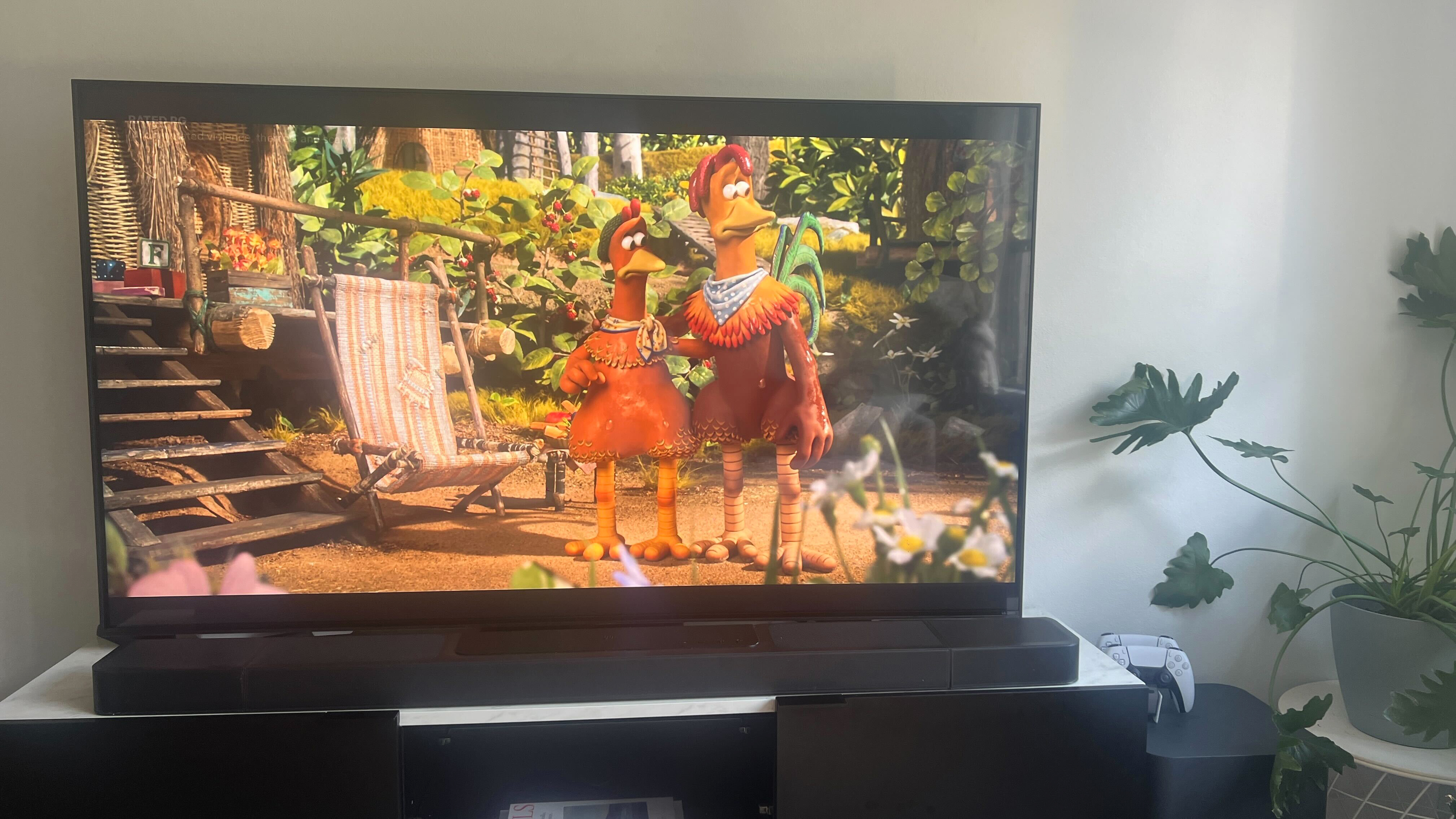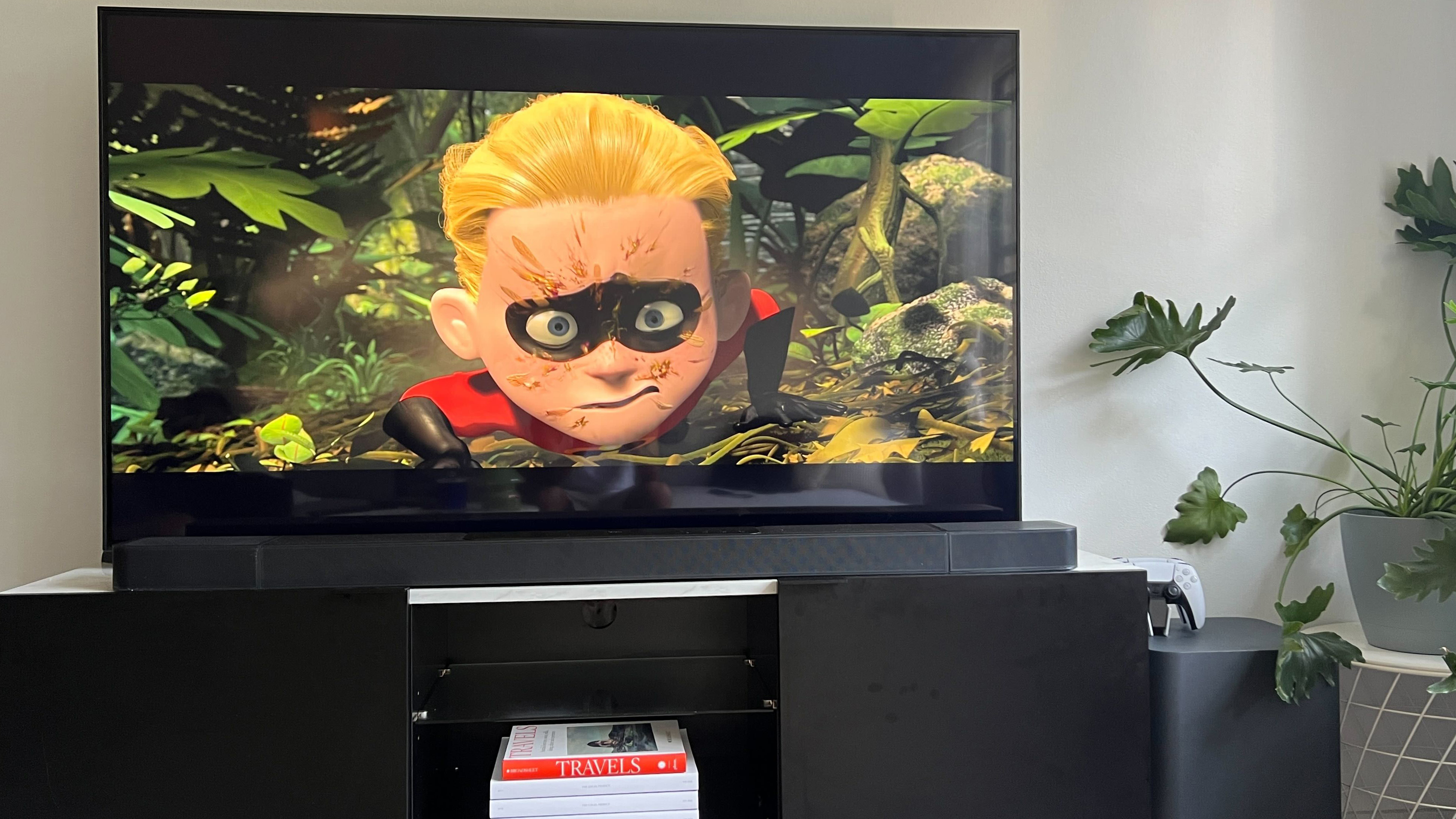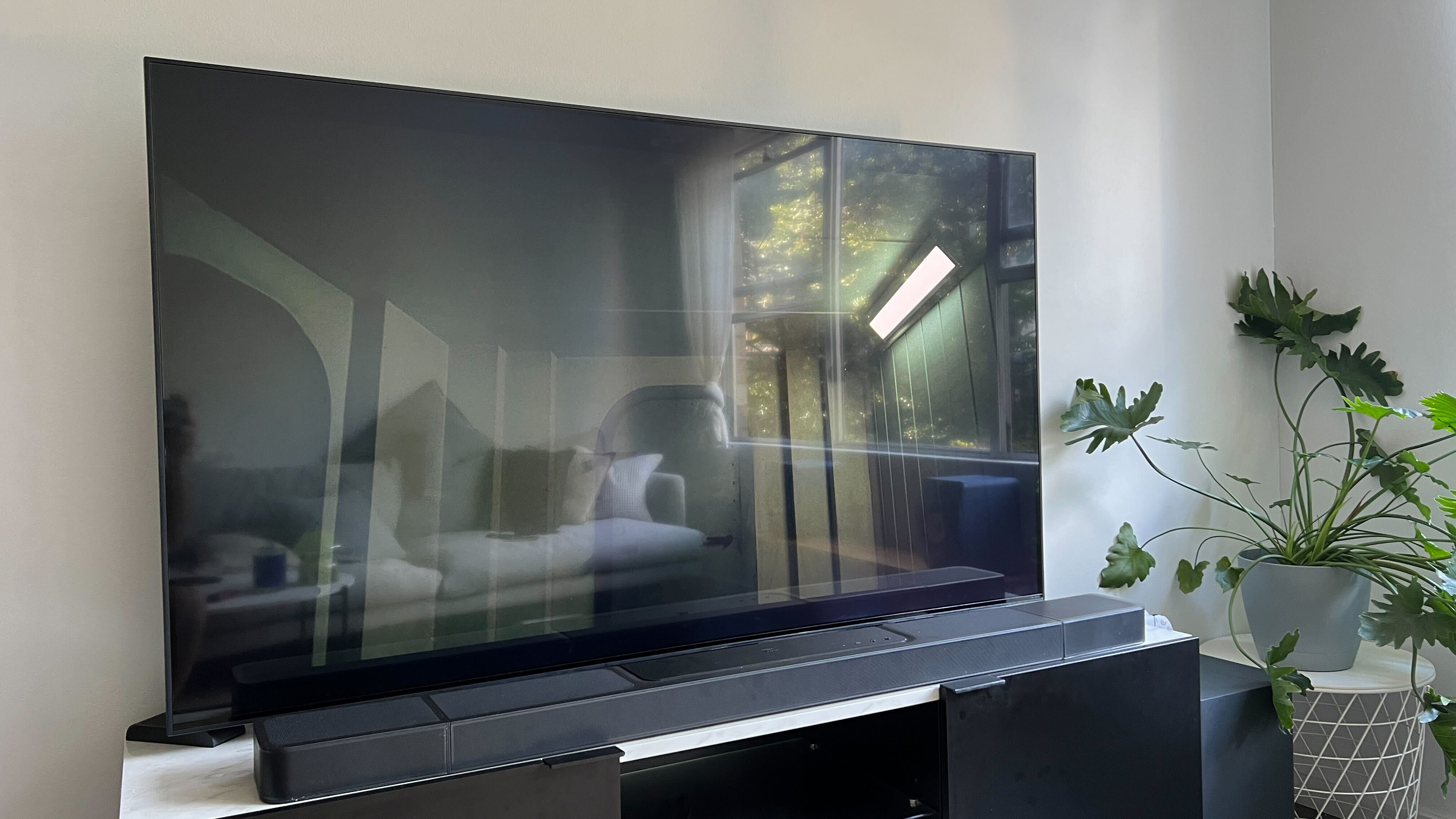
I’ve been fortunate to have LG’s flagship G3 OLED TV – one of the best OLED TVs of 2023 – sitting pretty in my living room for the best part of six months. In that time, I’ve not only noticed how much it has improved my gaming experience, but how it also comfortably fended off much pricier competition.
Simply put, nothing comes close to the picture served up by the G3 OLED in my opinion. But I’m a man who always likes to try everything once, and so when LG offered me the chance to go eyes on with one of its QNED TVs, I figured, “what’s the harm?”.
Ultimately, there was no harm. The LG QNED I lived with for a few weeks is a fine TV. But I’m still an OLED fanboy – here’s why.
What is QNED?
QNED is a proprietary LG technology that combines quantum dots, mini LEDs (in some, not all models) and LG’s own NanoCell layer. The first two features mentioned also appear in QLED – found on Samsung TVs – but it’s LG’s NanoCell layer that is the differentiator here – and the source of the ‘N’ in QNED.
Interestingly, when LG first introduced QNED tech in 2021, the acronym stood for “Quantum Nano-Emitting Diode” and was found on TVs that were lit exclusively by mini LEDs. That’s no longer the case, and now the NanoCell layer applied to QNED screens is designed to better direct the light that comes through the quantum dot layer, with the intended result being improved contrast and brightness.
David vs Goliath

While LG does still produce mini LED-toting QNED screens, the model I lived with is an edge-lit version. This obviously puts it at a disadvantage compared to OLED due to its less advanced lighting tech, but the QNED81 (UK/AU) / QNED80 (US) costs $2,000 / £2,000 / AU$3,000 less than the G3 OLED, making it immediately a more compelling option for those with limited budgets.
Couple this with the fact the QNED81 comes from one of the world’s most successful TV manufacturers and there’s plenty to get excited about. On paper, at least.
I say this, because it is possible to pick up a technically more technologically capable TV for the same, similar or even less than the QNED81’s asking price. The Hisense U8K is a prime example, retailing for around the same as the LG QNED, yet employing superior mini LED backlighting technology and greater support for HDR, such as Dolby Vision (the QNED81 doesn’t support Dolby Vision, but does support HDR10 and HLG).
A positive start
But, this doesn’t mean you should immediately disregard the LG QNED81, as it may offer everything you ultimately want from a TV. And, kicking things off positively, I did find its color reproduction to be impressive.
I viewed it side-by-side with the G3 OLED, and found the QNED81 produced an image that was far closer to the level of its OLED cousin than its huge price gap would initially suggest… at least when it comes to colors.
I started by watching Chicken Run: Dawn of the Nugget on Netflix, using the built-in Netflix app on both TVs. I immediately noticed the QNED81 was a vibrant performer, with the various browns, reds and beige colors of the chickens’ feathers (if you can call modeling clay feathers anyway) popping from the screen. I’m inclined to use the word saturated too, but not in a negative way. It was an enjoyable watch.
The same can be said of virtually any other colorful, animated movie. I noticed similar effects with The Incredibles and The Super Mario Bros. Movie.
What the QNED81 didn’t quite manage however, was delivering as good a sense of depth in an image. This, I expect, is due to the way both TVs light the image on screen. Because an OLED TV lights from the back of the screen – and it of course is capable of creating true black – the stream of Chicken Run appeared to be more 3D-like on the G3, as contrast levels were far superior.
Highlights a low point
Unfortunately it’s not all good news for the QNED81 though. I was able to identify areas where the mid-range QNED screen fell foul to the superiority of OLED during an HD stream of Top Gun: Maverick. In the opening scene, as Tom Cruise’s ‘Maverick’ rides on his motorcycle to the Air Force base, the sky above him was more of a bright white than anything resembling blue. The same scene viewed on the G3 OLED revealed there is indeed meant to be blue sky there.
This was interesting, since I expected the NanoCell layer on the QNED screen would have prevented this from happening, as it’s designed to better control the light. However, because it is edge lit, it ultimately has much less control over what that light does. LG says the QNED81 has local dimming, but in many ways this is redundant on an edge-lit screen.
Local dimming refers to a TV’s backlight being capable of adjusting the brightness in specific areas of the screen in order to improve contrast. But since the QNED81 is lit from the edges, it will need to be ‘on’ virtually all the time so you can actually watch anything, and it certainly won’t have much control over what happens in the center of the screen – which is where the sky in the Top Gun stream happened to be.
Bleedin’ hell
And, as is the case for virtually all edge lit TVs, when there are darker areas towards the edges, there is a large amount of light bleed. Again, if a TV is lit from the back, this is going to be controlled far better, as the light at the edges can be turned off (on an OLED) or dimmed considerably (depending on the capabilities of the screen).
But because an edge-lit LCD still needs to provide light to what’s happening towards the center of the display, you’re going to see said light at the sides. This was especially noticeable in the opening scenes of the first episode of Stranger Things. The show starts with a shot of a starry night sky, but whereas the G3 OLED is able to individually light each star and each star only, the QNED81 needs to light the sky from its edges. And when you’ve got a pitch black sky, it makes the LEDs around the perimeter of the screen so much more noticeable.
Plenty of time for reflection

What I also noticed about the LG QNED81 TV was just how reflective its front surface was. You can see in the image above that the sofa in my living room is more noticeable than what's actually playing on the screen. I don't encounter quite the same issue with the G3 OLED. Yes, there is some reflection during the daytime, but it doesn't cause anywhere near the level of viewing issues as I encountered with the QNED81.
The TV was positioned near windows which let in plenty of sunlight during the day, but I also noticed similar reflective issues at night and with a floor lamp turned on. Turn everything off and remove sunlight and things definitely do improve, but ultimately, the QNED81 isn't a TV you'd want to put in a bright room.
Mini LED could make a mighty improvement
Of course, these discrepancies are only applicable to the QNED81 I lived with and – I suspect – the lesser-spec QNED75 (one of the major shortcomings to this series is a step down to 60Hz refresh rate, compared to the QNED81’s 120Hz).
All this may have you asking the question “why even compare the QNED81 with the G3 OLED?” and it would be a fair question. My main aim with this comparison was to see what the extra premium needed to buy the OLED gets you, and subsequently what you’d effectively be missing out on by saving your cash.
If the best possible image quality is top of your wishlist when buying a new TV, then the QNED81 isn’t for you. If, however, your wishlist has tick boxes for affordability and 4K 120Hz support for gaming, for example, then the QNED81 is at least worth an audition.
What you may want to also consider if spending as little as possible is most important to you, is a mini LED TV. LG’s QNED86 series uses mini LED backlighting, which should inherently deliver an image with little to no light bleeding and much greater control over how each frame is lit. I can only say ‘should’ in this instance, because I haven’t seen the QNED86 with my own eyes, but can instead draw upon the experience of seeing other mini LED screens.
The LG QNED86 has an MSRP of £1,699 / AU$3,499 – I can’t find an equivalent listing of this TV on the US store – compared to the QNED81’s asking price of £1,499 / AU$2,299. This is a much more absorbable cost increase, and could represent a much more achievable route to near-OLED quality.
I guess I’ll have to put on my best puppy dog eyes to ask LG for a loan unit of that one to determine where you should really spend your money. For now though, I’m staying loyal to OLED.







